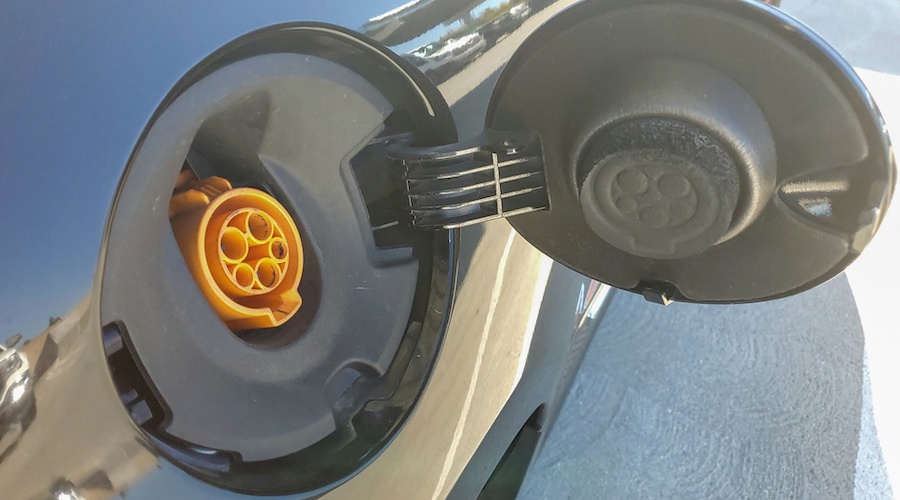- Write by:
-
Monday, November 1, 2021 - 12:47:49
-
318 Visit
-
Print

Mining News Pro - A recent study by researchers at Korea’s Daegu Gyeongbuk Institute of Science and Technology found that high concentration electrolyte (HCE) significantly improves Li+ ion transport at lower temperatures and thermal stability of solid-electrolyte interface at higher temperatures, thereby increasing the cycling performance of lithium metal batteries (LMBs).
In the article published in the Chemical Engineering Journal, the scientists explain that, compared to lithium-ion batteries, LMBs have a very high energy density and charge very quickly. Yet, they suffer from low current efficiency, poor cyclability and are prone to Li-dendrite formation—excess lithium deposition on the electrodes.
So far, research has found that using high salt concentration electrolytes (HCE) diluted with ether-based solvents can solve these problems and improve performance. However, a proper understanding of how HCE dilution affects the working of LMBs over a wide range of working temperatures is still a lingering question.
This is where the DGIST experts come in. After exploring the effect of HCE dilution on lithium metal batteries’ cycle over a wide range of temperatures, the paper’s senior authors, Hongkyung Lee and Hochun Lee concluded that HCEs are often vicious and diluting them can increase the ion migration within the cell and improve wetting of electrodes.
The team, thus, adopted a new HCE dilution technique that allowed them to demonstrate good LMB cycling performance at temperatures between 2–60°C. They, then, conducted a comparative electrochemical analysis of a model HCE well as an HCE diluted with 1,1,2,2-tetrafluoroethyl 2,2,3,3-tetrafluoropropyl ether (TTE).
The experimental results indicated that TTE dilution significantly improved Li+ ion transport and reduced dendritic Li plating at low temperatures, which is essential for maintaining cycling stability. TTE was also found to be responsible for the formation of the thermally stable solid-electrolyte interface that determines the high-temperature cycling ability of LMBs. The analysis also revealed that TTE dilution could also prove beneficial for the high voltage cycling of Li cells.
“The electrolyte-deterministic interfacial stability is a crucial concern for securing battery performances,” Hongkyung Lee said in a media statement. “This work provides a rational strategy for diluting high-concentration electrolytes to stabilize a highly reactive Li surface. The findings in this study can offer the clues to design electrolyte microstructure, identify its fundamental impact on the interfacial stability over a wide temperature range, and contribute toward stable cycling of Li-metal batteries in practice.”
In Lee’s view, the lithium-metal is considered as an ultimate anode for next-generation batteries, which means that the insights from this study can be applied to design small and light but efficient devices with long-term cycling stability that can act as power sources for drones, walking robots, physical augmentation mechanisms, among other things.
“With our research, we tried to reinforce the development of longer-cycling, higher-energy density batteries without sacrificing the charging rate, which is a prerequisite of electric vehicles that have longer mileage,” Lee said.
Short Link:
https://www.miningnews.ir/En/News/616946

Chile’s state copper company Codelco defended its proposed lithium production tie-up with SQM in response to criticism ...

For most of us, when we think about mining and the environment, it tends to be about water and air pollution, disasters ...

Canada has granted Airbus a waiver to allow it to use Russian titanium in its manufacturing after becoming the first ...

Interros, Nornickel’s largest shareholder, on Monday called allegations by fellow shareholder Rusal about undervalued ...

AbraSilver Resource said on Monday it has received investments from both Kinross Gold and Central Puerto, Argentina’s ...

A prefeasibility study for Predictive Discovery’s (ASX: PDI) Bankan gold project in Guinea gives it a net present value ...

Chile’s state-run miner Codelco plans to select a partner for a future lithium project in one of the country’s top salt ...

The London Metal Exchange (LME) on Saturday banned from its system Russian metal produced on or after April 13 to comply ...

Chile’s SQM called another investors meeting at the request of its second-largest shareholder, Tianqi Lithium Corp., ...
No comments have been posted yet ...